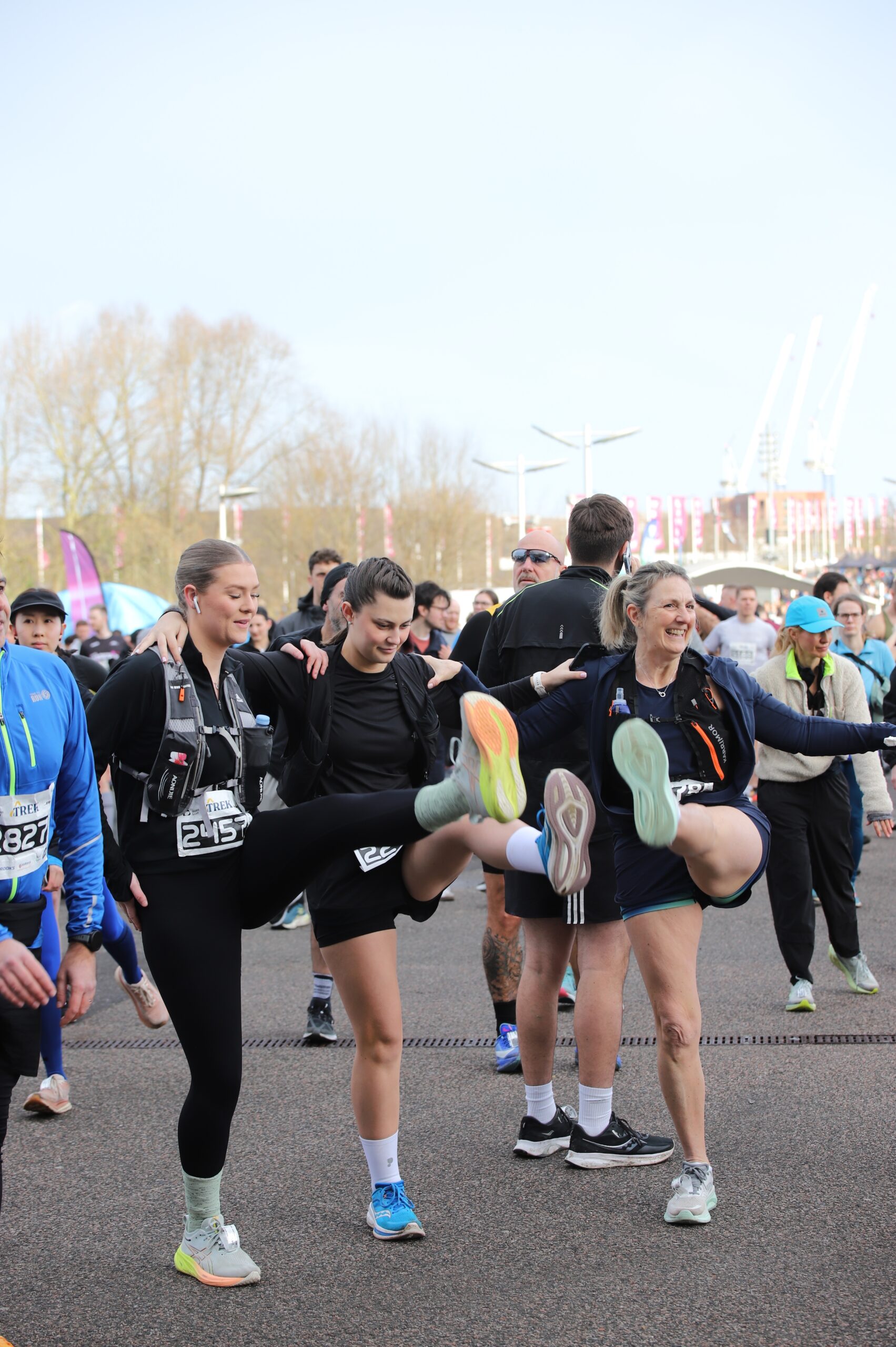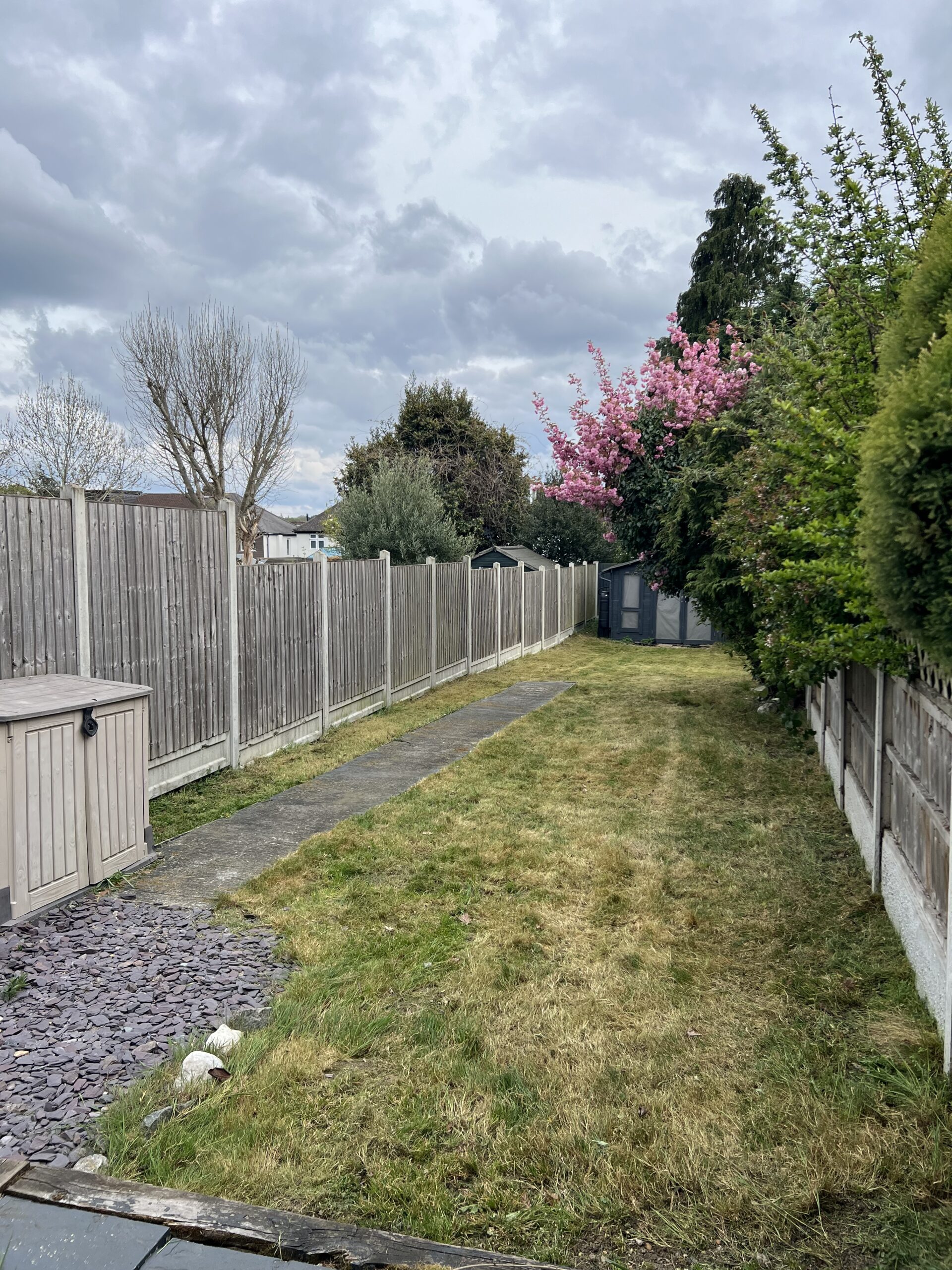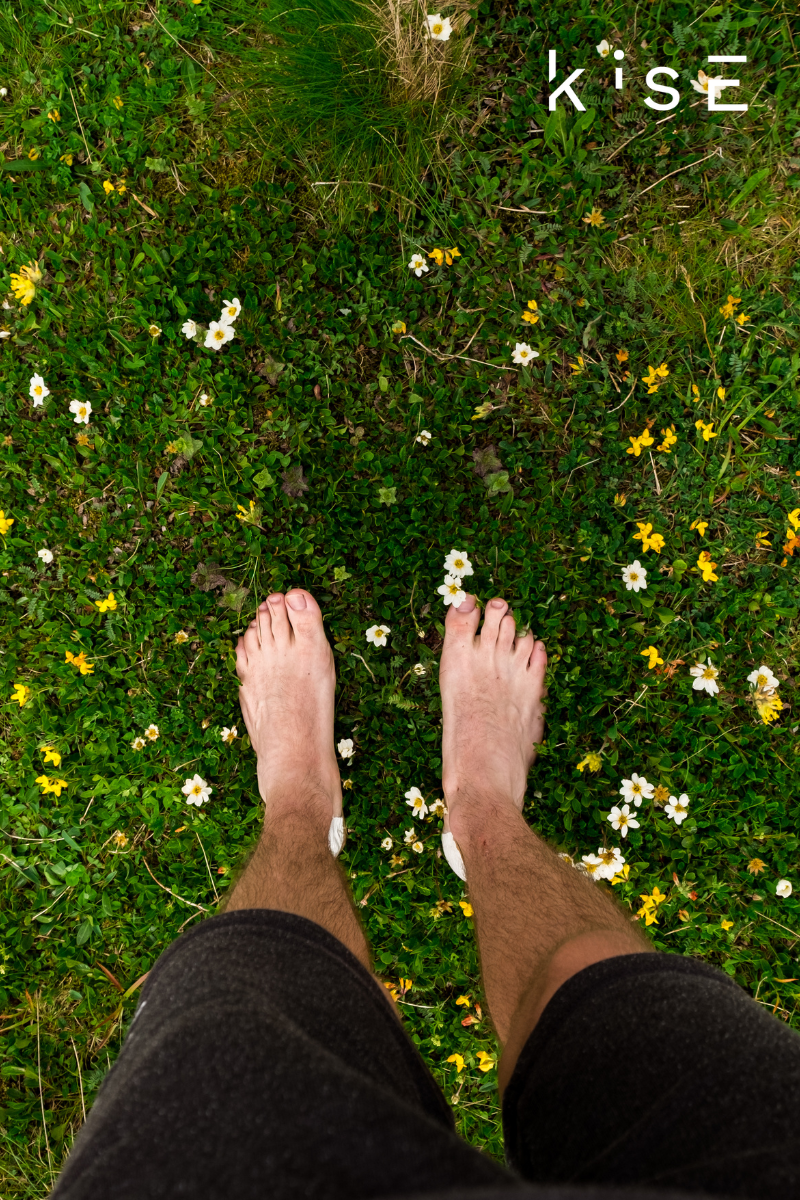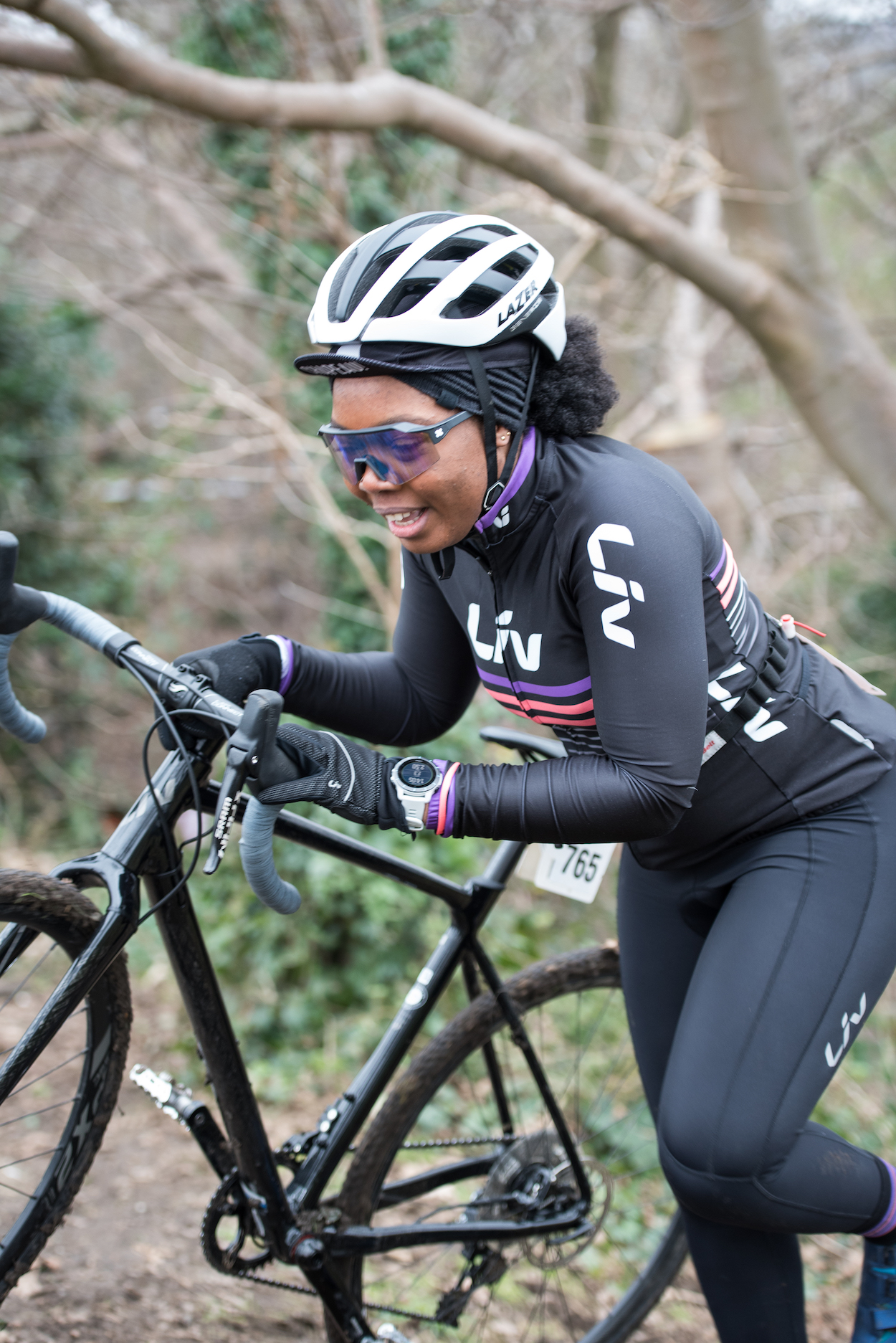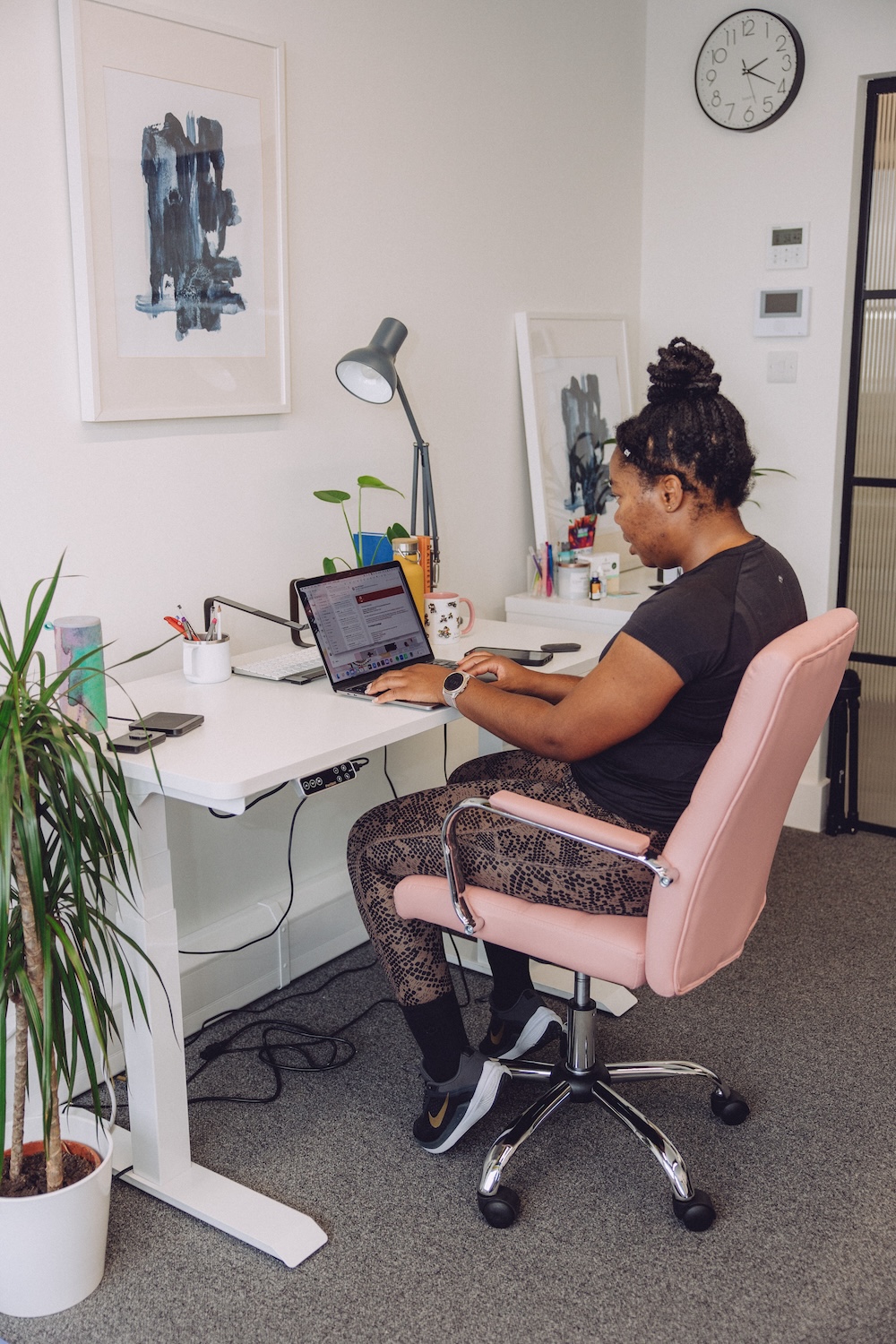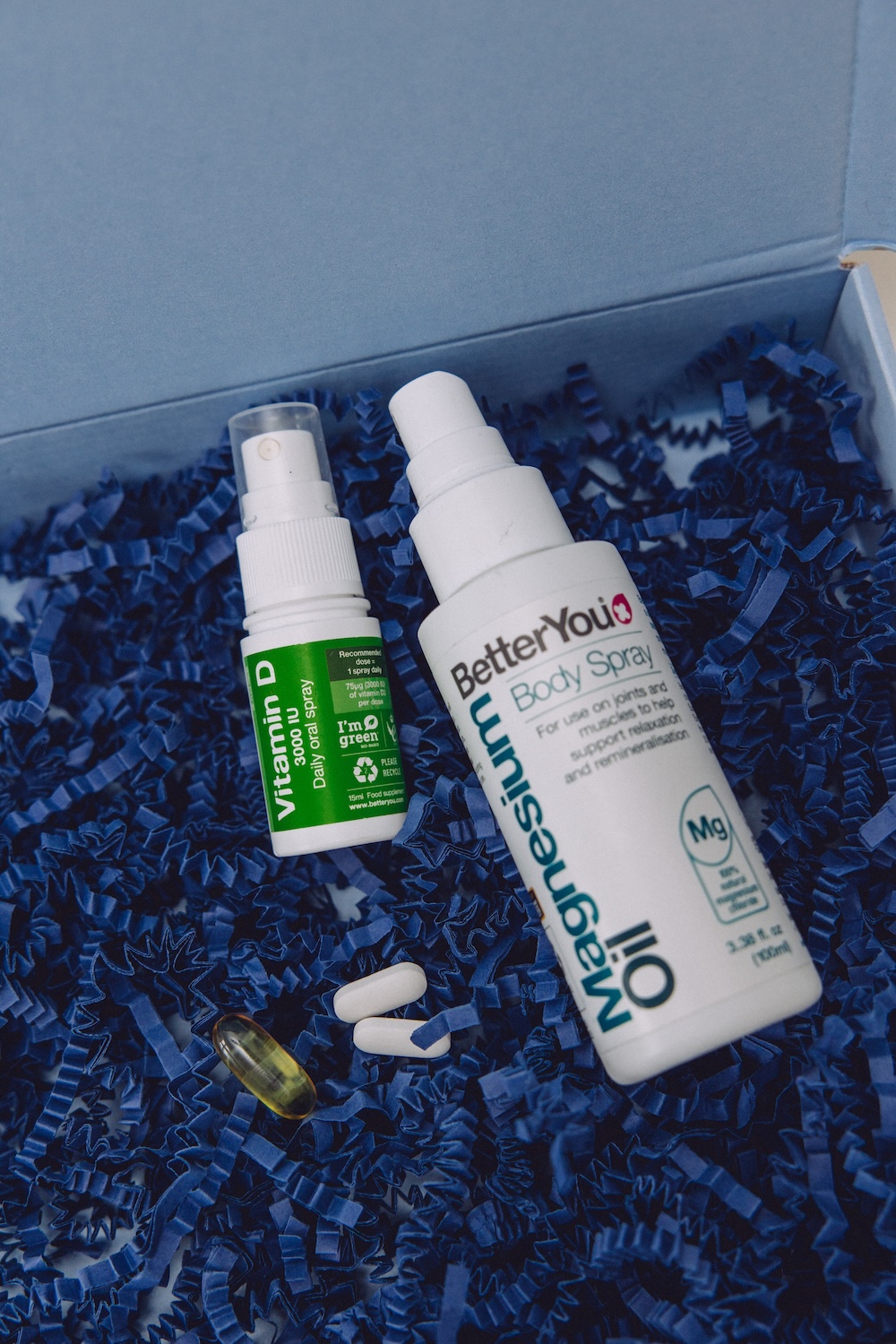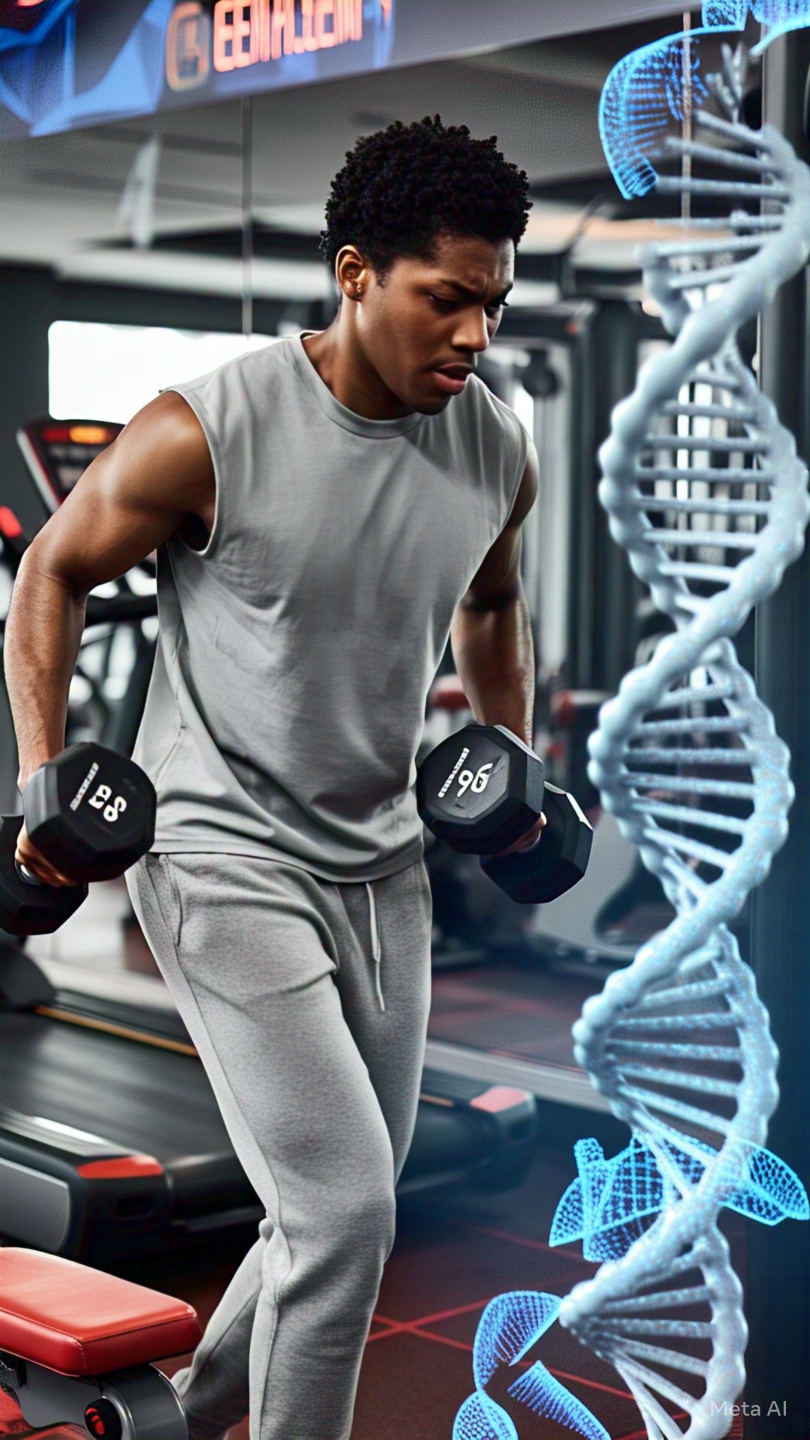This page may contain affiliate links – they are marked with a *. Making a purchase via my affiliate means I receive a small share of the sale.
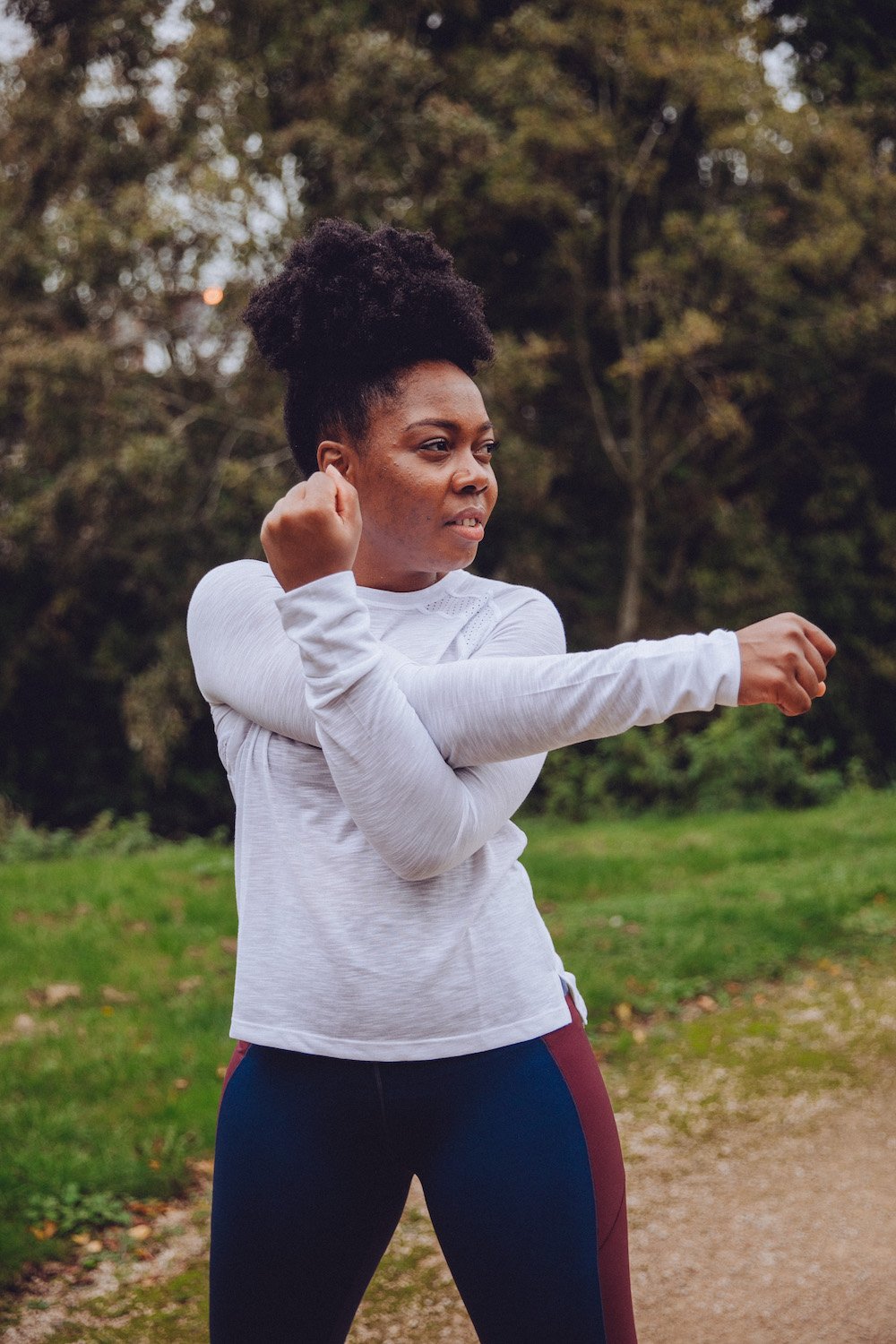
On the 18th October 2024 – my 40th birthday – the opportunity to run the 2025 London Marathon landed in my lap.
[Just a little disclaimer that I’ve paid for my place and am not being sponsored by any brands. I fully want to do this for me, and me alone.]
I’ll be honest, the marathon distance has never been one that’s allured me, however, I’d always thought it was something I’d like to do at least once. And if I was gonna run 26.2 miles without being chased, it had to be London Marathon so I could tick off another challenge towards achieving the London Classics Medal.
In case you’re not aware of the London Classics; you can earn the biggest medal you’ve ever seen by completing the London Marathon, RideLondon 100 and Swim Serpentine (2 miles) which basically equates to an epic triathlon. It doesn’t matter when you do them, just as long as you do them in order to be eligible for the medal.
Whilst I seemingly ticked off RideLondon with no issues, swimming 2 miles will be the biggest feat for me but I’m gonna give it my best.
Running a marathon? I’ve been around enough marathon runners and trained marathon runners to make me feel confident I can do this. I don’t have any time to beat; the goal is simple, to finish.
“I don’t have any time to beat; the goal is simple, to finish.”
As I haven’t run consistently for a couple of years now due to health issues, I started from scratch with 6 months to train.
I calculated that I would just about have enough time to complete a version of Couch To 5km before I start a beginners marathons training plan for 16-18 weeks. And what do they say about making plans?! Something like God laughs?!
I started Couch To 5k strong then got hit with a virus with took me out for 3 weeks of December. By the time I was well again, it was straight into week 1 of what would be my “marathon training block”.
I hadn’t fully decided on a plan to follow but my top options were:
- beginners plan from London Marathon
- Hal Hidden 18 week novice plan
- Garmin plan
- Strava plan
- Hire a coach
I opted for the beginners plan from London Marathon which started with a simple 30minute walk. I also love that it’s a paper plan I can keep on my desk, ticking off the sessions as I complete them.
As I’m writing this, it’s mid February and I’ve one more session to complete week 6. Weeks 1-4 were very much base building and week 5 was a deload / recovery week. I’m super proud that I’ve managed to complete all but one of my sessions so far.
My Training For London Marathon
Here’s a little insight into what I’ve been up to so far, and my plan for the last 10 weeks before race day on Sunday 27th April 2025.
I’ve Been Auditioning My Running Kit
I realised that as much as these training sessions are to prepare me for event day, they’re also the perfect opportunity to test out kit ready to decide which pieces make the cut for race day. I’m lucky that I have plenty of kit and shoes to use rather than having to buy anything new.
Plus, running in Winter is no joke. I’ve run on ice, through flooded fields and on the rare occasion in sunshine below 0 degrees. You goto check out my tips on how to dress for running in cold weather.
My top pieces of kit so far have been:
- a booband / boobuddy
- my gore-tex trail running shoes
- a buff
- shokz headphones
- leggings with pockets
- waterproof running jacket
I put together all my favourite items used on my marathon training journey here in this Marathon Essentials Amazon Idea List.
Mixing up my running shoes has been one of the biggest trial and errors! My favourite speed shoes now create a lot of tightness in my lower legs where my glutes are obviously not at the same strength they used to be.
So I’m slowly reintroducing those into my shorter runs especially as I’m now mixing up the pace with some tempo intervals.
I Eat parkrun Sandwiches
While my distances have been quite low, I’ve loved either just going to parkrun or sandwiching it in between, before or after whatever distance is left on my plan.
My local parkrun is basically a mudfest that sometimes sucks the confidence out of me but I have also been going to other local venues where I can enjoy mud free running and realise I’m not as slow and terrible of a runner as the mud makes me feel.
Getting Strong & Staying Injury Free
Before I started marathon training, my base week consisted of one HIIT session, one strength session, one core session, a weekly swimming lesson and two (intense) indoor cycling rides.
And this has pretty much remained the same as it’ll help me to get stronger and remain injury free.
If / when I need to, I skip the HIIT or Strength so that I don’t overdo it – in deload week for example.
I do know that I need to add more stretching, foam rolling and mobility work into my week, even if they’re short sessions along with regular sports massages.
I’ve been using Urban for just over a year now – it’s an app for booking massages and other treatments at home. You can use my referral code – RELLELIH5 – to get 20% off your first massage.
Managing My Mind For London Marathon
This is kinda threefold. First up, not sharing the fact I’ve been training for London Marathon has meant I’ve been able to keep the ‘noise’ at bay. As much as everyone would want to help, and share their experiences, I felt I needed to not hear any of it to begin with as my journey is so unique to me.
Now that I’ve done a ‘soft launch’, as one friend called it, it’s been nice having more people to chat to about how training is going. As long as we’re not talking paces etc, I’m happy as it means we’re less likely to compare ourselves and our progress.
The second part of managing my mind is really understanding that a marathon takes as much mental strength as it does physical. I think we going this strength by turning up for our training sessions, even when we might not feel like it.
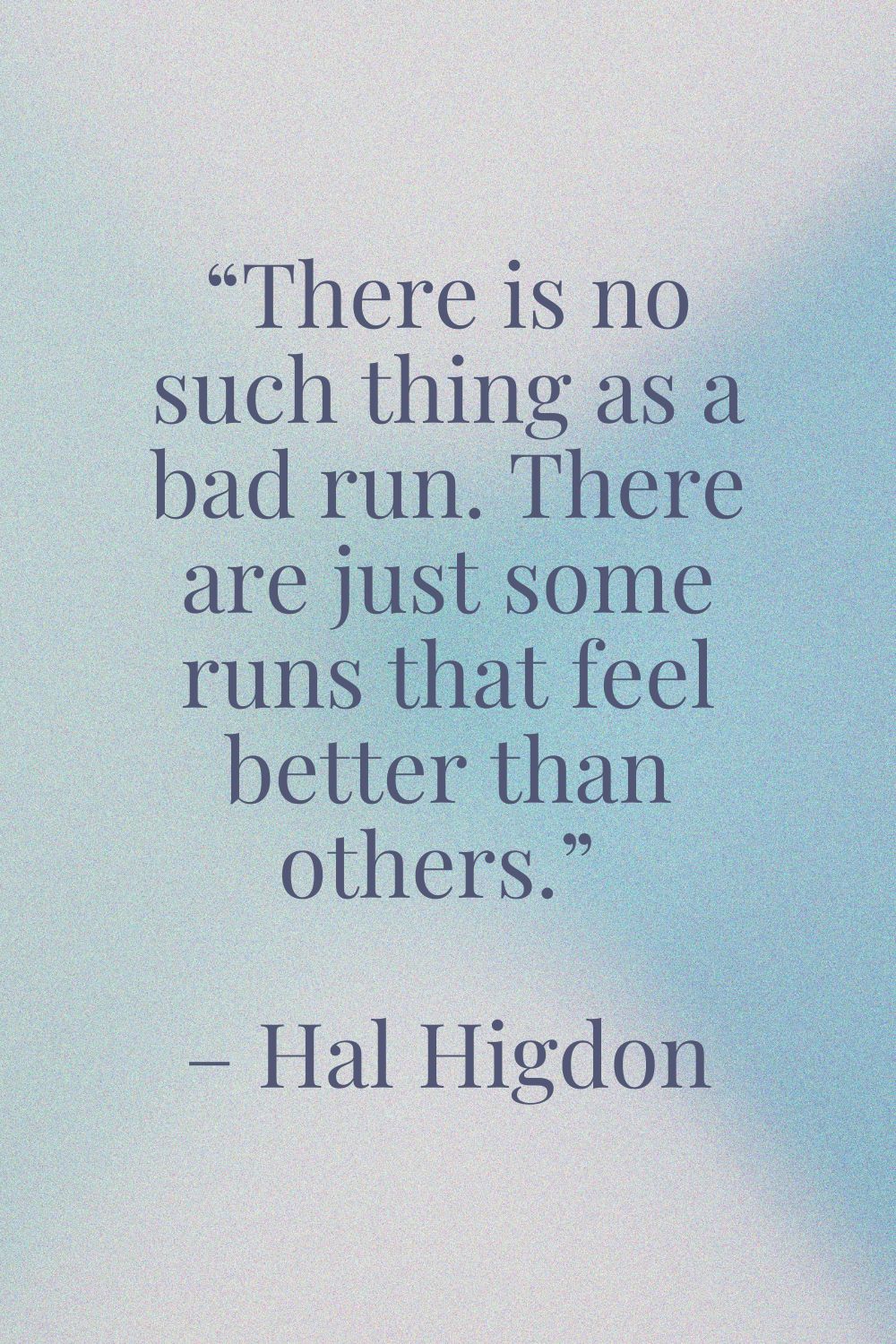
Ans feeding into this point, I’ve had to use alot of self talk when out running. Things like reminding myself to ‘trust the process’ and knowing that no matter how hard it might feel now, I need to remember where I started.
And finally, when a run hasn’t gone to plan, I’ve reminded myself that it doesn’t matter. What counts is the consistency of getting out and the time on my feet.
The final 26.2 miles will be London Marathon day and I know having been on the other side of the barriers, it’s the most epic atmosphere.
I’m convinced I will feel invincible and excited in addition to all the race day feelings. And I know, no matter what happens, I’m gonna have one of the best days of my entire life so far!
Recovery, Self-Care And Listening To My Body
Marathon training won’t last forever, so if I’m going to commit to doing this, I’ve chosen to commit to taking the best care of myself while doing do. I’ve made recovery, self-care and listening to my body, my biggest priorities.
To be fair, I’ve worked hard to do this anyway but with adding running to my schedule 3 times a week, I’ve had to do better.
I go to bed on time, I eat 3 meals a day, I aim for 2L of water a day, take my vitamins, supplement with collagen, protein, BCAAs and Creatine on most days.
As I said before, I also need to stretch more, foam roll more and generally take good care of my body. I had a sports massage in week 5 /6 of training and OMG, EVERYTHING was so tight. I’m still recovering from said sports massage but I already feel so much better.
I’ve even set up a cold plunge thing in my garden and I’m practicing using that, in addition to making the most of the sauna blanket that I own.
I’m super grateful that so far, I’ve not reached a level of exhaustion like others have yet. I’m sure this will come closer to race day, but until then, I’m doing everything in my power to balance marathon training, work and life.
My Running Soundtrack
During shorter runs, listening to music has worked well for me. In fact, listening to my indoor cycling playlist while doing my session with tempo intervals had me feeling like I was on fire!
Podcasts work well for me if I’m interested in the topic, but I’ve just started listening to audiobooks… that don’t take too much brainpower. First up – How To Run A Marathon by Vassos Alexander.
I’m taking recommendations so leave them in the comments below please.
What I Have Planned
With 10 weeks to go, there is still a-lot to do, right?! So here is some of what I have planned to help me through the rest of my training to get to the start line.
Booking Events For Long Runs
Now the long runs are getting… longer, signing up for events helps to reduce some of the stress of planning what to do. Running an event means a pre-planned route, water / nutrition provided, a race day experience to practice and company.
Here are the events I’ve signed up to:
- Women’s Run Series London 2025 10km, Saturday 8th March (+ ~50-60mins)
- Hackney Legacy Half Marathon, Sunday 16th March
- London Lea Valley Gratitude 25km, Saturday 19th March (+ 5miles)
That trail run is gonna be my longest run on plan, of which I’ll need to add on an extra 3-5 miles to hit 18-20miles.
Time To Test Nutrition
Now my runs are well and truly over the one hour mark, it’s time to start thinking nutrition. I’m super keen not to fill myself with unsavoury sugary products so I’m looking to products that I’ve either used while cycling or new to me brands that are more natural.
I also don’t want to make myself bankrupt because WHY ARE GELS SO EXPENSIVE NOWADAYS?! lol Over £4 for a packet of Clif ShotBloks?! Cost of running crisis is added to cost of living crisis. And they say running is free lol
Start Training With A Running Vest
Given that I now need nutrition and water on my long runs, I need somewhere to stash these bits along with my phone, keys and a layer I’ll probably take off and put on repeatedly.
So out comes my running vest which I bought a few years ago to train for Royal Parks Half Marathon and use for my trail running adventures.
Having moved house recently though, I seem to have temporarily misplaced the soft water flasks that go in the vest and I’m not looking to spend £40 replacing them when I know they. have TO BE HERE SOMEWHERE.
In the meantime, I’ve bought one soft flat for about a tenner hoping it’ll tide me over until I dig mine out of a box somewhere. I’ve still got ten weeks to make that happen after all!
I’m Prepared For ‘Maranoia’
Or at least I think I am. Surely knowing it exists is the first step towards beating it?!
I’ve also been sent an immunity boosting care package which features a 7-day supplement designed to support your immune system and speed up your recovery from seasonal illnesses. Of course I’m hoping never to need this, but I feel comfortable knowing I have it at hand.
Okay, it felt super good getting all of these thoughts out of my head and into this post so thanks for reading. It’s been ages since I’ve shared something personal rather than something optimised to get as many eyes on it.
I’m as much excited for the journey to the start line as I am for the ‘final dance’ to be honest. I’m pretty sure I’m gonna be ‘one [marathon] and done’ but I also know I’m likely to never stop talking about it for the rest of my life. I apologise in advance.
Oh and whilst I’m not in need of donations, I’ll happily accept kudos over on Strava – this is my account.
See you on the start line if you’re running too! Or hopefully see you on the sidelines!
Elle

